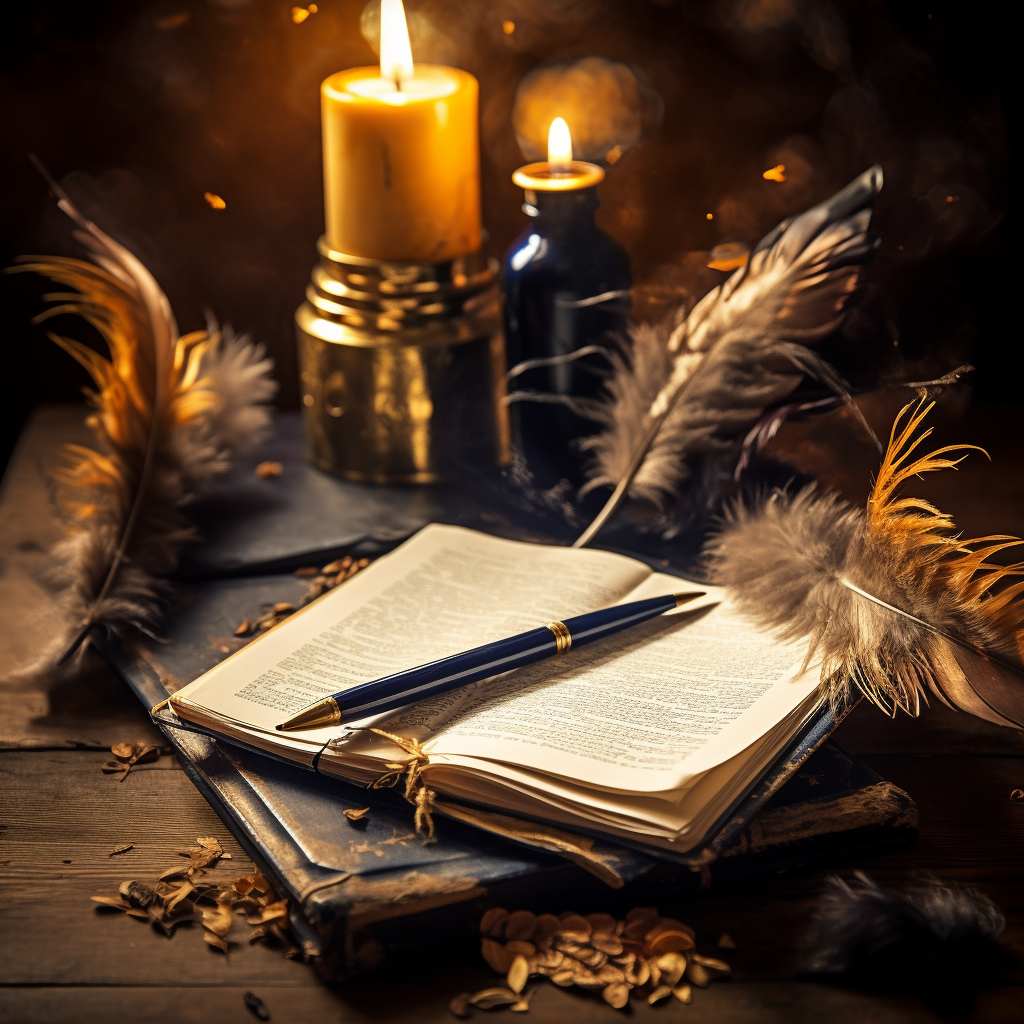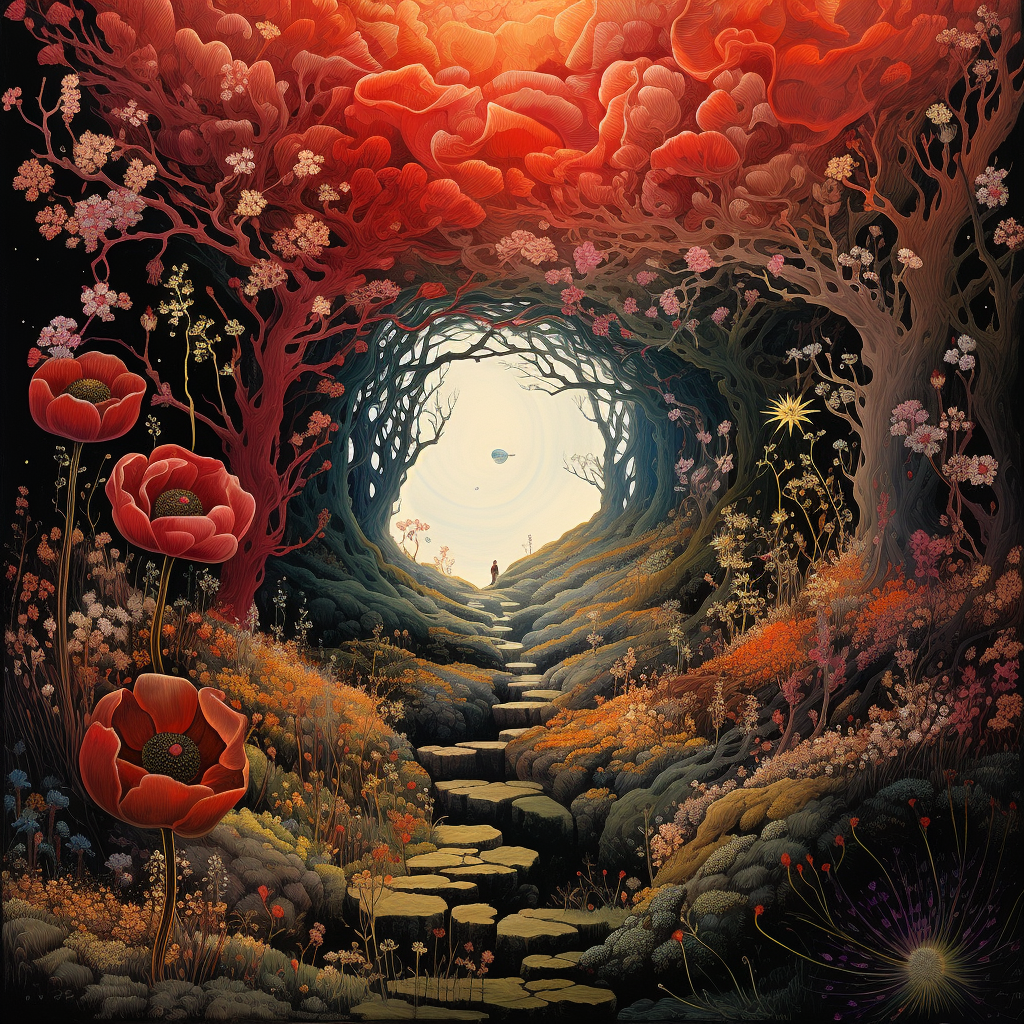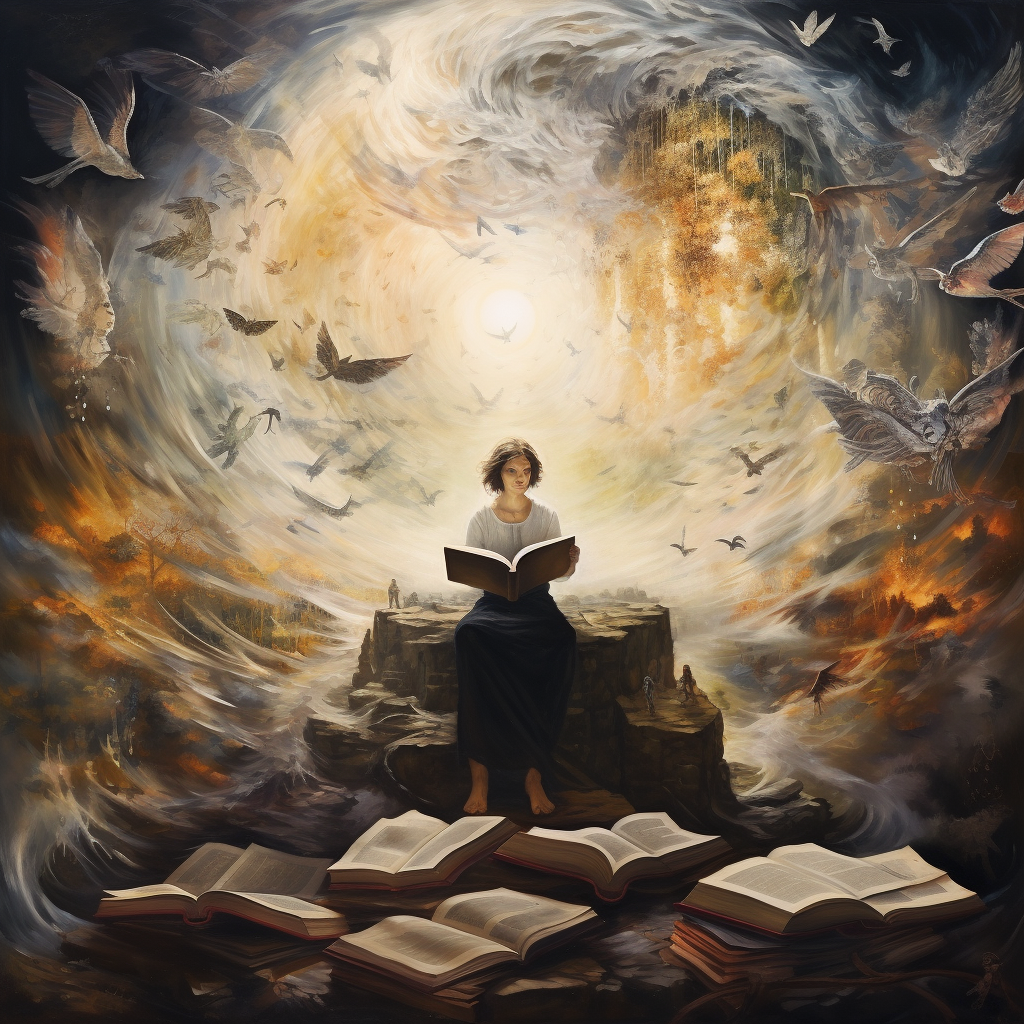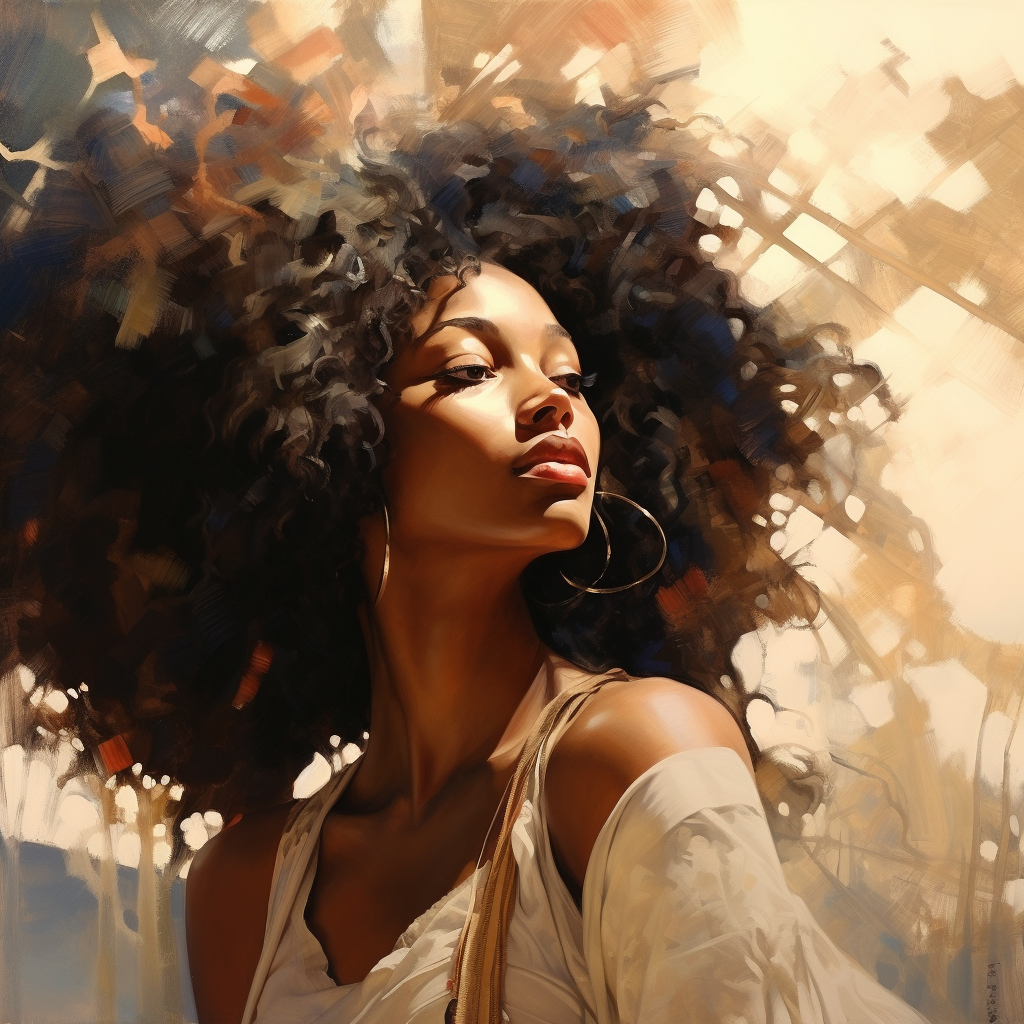
What are the 11 rules in writing a poem? This is an extremely important for an aspiring poet to ask. Poetry, the symphony of words, holds an inexplicable power to touch the soul, paint emotions, and capture the human experience. It’s the art form that dances freely within the boundaries of structured rules, yet yearns for the uncharted realms of creative expression. If you’ve ever wondered about the rules that guide the creation of poetry, you’re in the right place. Let’s embark on a poetic journey and explore the eleven fundamental rules that shape the world of verse.
I. Poetry Rules and Structure: The Foundation of Expression

In the realm of poetry, the rules and structure are the blueprint upon which your artistic masterpiece is built. It’s akin to constructing a bridge of words, connecting the depths of human emotions, thoughts, and experiences. Without this framework, your poetic endeavor might crumble, leaving the reader adrift in a sea of words.
The Foundation of Poetry
Just as a building relies on a strong foundation to stand tall, poetry relies on its structure to convey its message effectively. Think of structure as the scaffolding that supports your poetic vision. It provides the necessary framework for your creativity to flourish, ensuring that your words resonate with clarity and purpose.
A Symphony of Words
Consider poetry as a symphony. Without a conductor guiding the musicians and a score to follow, chaos would ensue. In poetry, structure serves as the conductor, orchestrating the words and emotions into a harmonious composition. It allows your readers to follow along, understanding the nuances of your artistic expression.
The Role of Rules
Rules may seem restrictive, but in poetry, they are the guiding stars. These rules define the boundaries within which poets can craft their verses. Just as a sonnet has specific rhyme and meter patterns, adhering to these rules challenges poets to explore creativity within constraints.
Finding Freedom in Form
Ironically, structure and rules offer poets a unique kind of freedom. They provide a canvas upon which poets can paint their emotions and ideas with precision. By understanding the various poetic forms and structures, you gain the power to choose the best vehicle for your poetic expression.
Unlocking the Power of Poetry
As you embark on your poetic journey, remember that rules and structure are your allies, not your adversaries. They are the keys that unlock the full potential of your poetic voice. Through them, you can craft verses that touch the hearts and minds of your readers, leaving an indelible impression.
II. Poetry’s Kaleidoscope: Exploring Types of Poetic Forms

Poetry, much like a chameleon, possesses the remarkable ability to change its colors to match the ever-shifting moods and moments of life. Within the vast realm of poetry, diversity reigns supreme. Each poetic form is akin to a unique brushstroke on the canvas of language, offering a spectrum of ways to express the human experience.
The Poetry of Variety
In the world of poetry, there’s no one-size-fits-all approach. Instead, it’s a vibrant tapestry woven from various poetic forms, including sonnets, haikus, and free verse. These forms act as the artist’s palette, providing an array of tools for self-expression. Each comes with its own set of rules and guidelines, inviting poets to explore the boundless avenues of creativity.
The Richness of Form
Much like the natural world thrives on its diversity of landscapes and creatures, poetry flourishes through its diverse forms. These forms are the building blocks of poetic expression, each with its unique beauty and purpose. Embracing this diversity allows poets to navigate the intricate nuances of human emotions, thoughts, and experiences.
The Versatility of Sonnets
Sonnets, for instance, are like intricate puzzles. Their strict rhyme schemes and meter patterns challenge poets to craft verses like skilled artisans. The result is poetry that resonates with elegance and structure.
The Haiku’s Simplicity
On the other end of the spectrum, we have haikus—a form that celebrates simplicity. In just three lines, poets capture profound moments, much like a snapshot freezing time’s fleeting beauty.
The Freedom of Free Verse
And then, there’s free verse, the rebel of the poetic world. With no rigid rules to bind it, free verse poetry dances to its rhythm, allowing for unrestricted exploration of emotions and ideas.
A Symphony of Forms
Just as a symphony consists of diverse instruments, poetry is composed of various forms, each contributing to the grand composition of human expression. The beauty of poetry lies not only in the words themselves but in the artful selection of the right form to convey a particular message or feeling.
Embrace the Diversity
As a poet, embracing the diversity of poetic forms empowers you to convey the depth and breadth of the human experience. It’s akin to having a vast palette of colors at your disposal, allowing you to paint your emotions, thoughts, and stories with precision and passion. So, dive into this poetic kaleidoscope, explore the forms, and let your creativity flow freely.
III. What are the 11 Rules in Writing a Poem? Rhyming Rules in Poetry

In the realm of poetry, rhyme is the enchanting melody that weaves through the verses, akin to the tune in a captivating song. It holds the power to infuse poetry with harmony, rhythm, and a touch of magic that lingers in the reader’s memory.
Discovering the Rhyme
When you immerse yourself in a poem, you may find yourself drawn to words that share a common sound at the end of certain lines. This delightful interplay of sounds is what we call rhyme, a cherished component of poetry. Yet, rhyme is more than just an auditory pleasure; it’s a fundamental element in the creation of poetry that lingers in the hearts of readers.
Unraveling Rhyme Schemes
At the heart of rhyme lies the concept of rhyme schemes, such as AABB or ABAB. These intricate patterns are the tools poets employ to infuse their verses with rhyme. They serve as the musical notes on poetry’s staff, enhancing its emotional resonance and evoking a symphony of feelings within the reader.
Mastering the Musicality
Just as a musician learns to play an instrument with finesse, a poet masters rhyme to craft memorable verses. Rhyme’s rhythmic quality elevates poetry to a realm where words dance in harmony, leaving an indelible imprint on the reader’s soul.
The Power of Emotion
Effective rhyme isn’t just about creating pleasing sounds; it’s about tapping into the reader’s emotions. Much like a skilled composer, a poet utilizes rhyme to set the mood, evoke sensations, and craft an emotional journey within the reader.
The Crafting of Beauty
Rhyme is more than a poetic embellishment; it’s the delicate brushstroke that adds beauty to the canvas of language. It transforms mere words into a melodic tapestry that enchants and captivates.
Rhyme: A Skill Worth Cultivating
As you delve into the world of poetry, consider rhyme as your trusted companion—a companion with the power to enrich your verses and make your poetry resonate in the hearts and minds of those who read it. Like a musician honing their craft, mastering rhyme is a poetic journey that promises to elevate your artistry and create memorable, musical poetry.
IV. The Importance of Imagery and Metaphor: Painting with Words

Poetry, at its core, is an art form akin to painting on the canvas of language. In this realm, words are more than mere tools; they are brushstrokes of vivid imagery and metaphors that infuse life into the poetic canvas.
The Poetry of Visuals
Imagine poetry as a painting, each word a masterful brushstroke that creates intricate imagery in the reader’s mind. Here, imagery and metaphor serve as the vibrant colors that bring this canvas to life.
The Artistry of Imagery
Imagery, the art of using vivid, sensory language, allows poets to craft mental pictures that dance before the reader’s eyes. It’s the painter’s palette of words, inviting readers to see, hear, smell, taste, and touch the verses.
Metaphor: The Brush That Blends
Metaphor, akin to the skilled artist’s brush, has the power to blend colors and shapes, transforming the ordinary into the extraordinary. It enables poets to convey complex emotions and ideas through relatable comparisons.
The Alchemy of Figurative Language
Mastery of imagery and metaphor in poetry is akin to becoming an alchemist of words. It allows you to transmute the mundane into the magical, turning verses into a sensory journey. By embracing these essential elements, you unlock the ability to paint landscapes of emotions and stories in the minds of your readers.
Invoking the Senses
Effective use of imagery and metaphor isn’t just about painting pretty pictures with words; it’s about invoking the senses. It’s the scent of a freshly bloomed rose, the taste of salt in the sea breeze, the sound of rain on a tin roof, and the touch of a lover’s hand—all experienced through language.
Crafting Unforgettable Moments
As a poet, your words have the power to etch unforgettable moments in the reader’s memory. When imagery and metaphor blend seamlessly, they create an immersive experience, allowing readers to step into the world you’ve woven with words.
A Palette of Emotions
Imagery and metaphor aren’t just tools; they are the palette from which you draw emotions, sensations, and stories. They enable you to convey the ineffable, painting the most profound human experiences with the strokes of your verses.
A Journey of the Senses
So, as you embark on your poetic journey, remember that your words have the potential to engage not just the mind but all the senses. By mastering imagery and metaphor, you step into the shoes of a true poet-artist, weaving a tapestry of emotions and stories that resonate with the hearts of your readers.
V. Poetic Devices and Techniques: Crafting with Language

Welcome to the workshop of words, where language becomes your clay, and poetic devices are the masterful tools at your disposal. In the world of poetry, these techniques serve as your chisels and brushes, sculpting and painting words into intricate and meaningful forms.
The Sculptor of Words
Imagine yourself as a sculptor, each poem a block of marble waiting to be transformed. Poetic devices, ranging from similes and metaphors to alliteration and assonance, are your trusted chisels and brushes. With their aid, you can carve and paint your poetry into more than just words; you create art.
Crafting Soundscapes
Poetic devices are the architects of soundscapes within your verses. They offer you the tools to construct symphonies of words, where each note and rhythm harmonizes with the underlying meaning. In the world of poetry, it’s not just about what you say but how you say it.
Simile: A Brush of Comparison
Similes are the brushes on your poetic palette. They allow you to paint vivid pictures by comparing one thing to another. “Her smile was as bright as the morning sun,” instantly conjures an image of radiant joy.
Metaphor: The Sculptor’s Chisel
Metaphors are the chisels of the poet-sculptor. They carve out new meanings by equating one thing to another. “Life is but a fleeting candle” transforms an abstract concept into a tangible image.
Alliteration: The Cadence of Sound
Alliteration is your rhythmic tool, creating patterns of consonant sounds that roll off the tongue. “She sells seashells by the seashore” not only evokes a sense of playfulness but also demonstrates the power of repeating sounds.
Assonance: The Harmony of Vowels
Assonance, on the other hand, focuses on the harmonious repetition of vowel sounds within words. It adds a layer of musicality to your verses. “The rain in Spain falls mainly on the plain” showcases this technique’s melodic quality.
Rhythm and Meter: The Composer’s Score
In poetry, rhythm and meter act as the composer’s score, guiding the pacing and flow of your words. Whether you prefer the structured heartbeat of iambic pentameter or the free verse’s untamed cadence, these elements shape your poem’s musicality.
Embracing Poetic Techniques
So, as you navigate the world of poetry, don’t merely wield words; become a master craftsman. Embrace poetic devices and techniques as your trusted companions, using them to breathe life into your verses. Through their artistry, your poetry transforms from simple language into an experience, resonating deeply with those who embrace your poetic creations.
VI. Mastering the Craft: 11 Essential Rules for Crafting Poetry

Welcome to the heart of poetry, where words transform into art. These 11 rules are your poetic toolkit, each a brushstroke on the canvas of your creativity. As you navigate this poetic landscape, let’s delve deeper into these guiding principles that will help you craft verses that resonate with beauty and meaning.
1. The Art of Conciseness
Imagine Michelangelo chiseling away every excess piece of marble to reveal his masterpiece. In poetry, conciseness is your chisel. Every word must be deliberate, sculpting vivid images and evoking profound emotions.
2. Authenticity Reigns Supreme
Poetry is the echo of your soul, the reflection of your unique voice. Be true to yourself. Let your verses flow from the depths of your heart, and authenticity will infuse your poetry with genuine emotion.
3. The Magic of Imagery
Imagery is the palette of a poet. Use vibrant, sensory language to paint pictures in the minds of your readers. Invite them to see, hear, smell, taste, and touch the world you’ve crafted with words.
4. Metaphors: The Colors of Emotion
Metaphors are the colors on your poetic palette. They allow you to convey intricate emotions and experiences in vibrant, unexpected ways. Use metaphors to bridge the gap between the known and the unknown.
5. The Rhythmic Heartbeat: Meter
Meter is the rhythmic heartbeat of your poetry. It sets the pace and flow of your verses. Whether you embrace structured forms like iambic pentameter or dance freely with free verse, meter guides your poetry’s cadence.
6. Rhyme: The Music of Language
Rhyme adds a musical quality to your poetry. Experiment with various rhyme schemes, from the classic AABB to the intricate terza rima, to find the melody that harmonizes with your message.
7. The Dance of Sounds: Alliteration and Assonance
Alliteration and assonance are the dancers in your poetic symphony. Alliteration repeats consonant sounds, while assonance repeats vowel sounds. These techniques create enchanting soundscapes in your verses.
8. The Strategic Pause: Line Breaks
Line breaks are the strategic pauses in your poetic performance. They guide your reader’s breath and thought. Use them with precision to emphasize certain words or images, creating moments of reflection.
9. A Powerful Prelude: The Opening Line
The opening line of your poem is the firm handshake, the welcoming embrace. Craft it with care to seize your reader’s attention and draw them into your poetic realm.
10. The Resonant Farewell: Conclusion
Just as the final note of a symphony lingers in the air, your poem’s conclusion should resonate in your reader’s mind. Leave them with a lasting impression or a question to ponder, allowing your verses to echo beyond the page.
11. The Art of Refinement
Poetry, like a sculpture, benefits from the sculptor’s patient hand. Revise your work with a discerning eye. Great poetry often undergoes multiple drafts. Polish your verses until they gleam with poetic brilliance.
With these 11 rules as your compass, your poetic journey becomes an exploration of beauty and depth. Poetry is your canvas, and these rules are your brushes. Embrace them, experiment with them, and watch your verses transform into masterpieces that touch the hearts and souls of your readers.
Conclusion: The Beauty of Poetic Balance

Ultimately, the beauty of poetry lies in its balance. It’s the equilibrium between structure and freedom, between rules and creativity, that allows poetry to be a timeless and universal art form. As you write, remember that you are part of this grand tradition, adding your unique voice to the ongoing poetic conversation.
So, let your soul sing freely within the framework of poetic rules. Embrace the ever-evolving nature of poetry, and dare to innovate. In doing so, you’ll not only find your own poetic voice but also contribute to the rich tapestry of human expression through this remarkable art form. May your poetic journey be filled with both the comfort of tradition and the thrill of innovation, as you explore the boundless possibilities of poetry.
Learn More About Earning Income from Your Poetry
- Publish Poetry Online and Get Paid
- Do you get paid for publishing poetry?
- How can I get my poetry noticed?
- How much should I sell my poetry for?
- How much does it cost to publish poetry?
- Can anybody be a poet?
- What are the 11 rules in writing a poem?
- What is the number one rule of poetry?
- How many lines must a poem have?
- What is a single line of poetry called?
- What is a poem with one line called?
- What is the middle of a poem called?
- Why don’t poets follow grammar rules?
- What is 3 line poetry called?
- What should a poem look like?
- How to write good poems?
Frequently Asked Questions (FAQs)
1. Are these rules absolute in poetry?
No, these rules are not absolute but serve as guidelines. Poetry is a diverse art form, and different poets may bend or break these rules to suit their creative visions.
2. Can I create my own rules in poetry?
Certainly. Poetry is a deeply personal and creative endeavor. While it’s essential to understand the fundamentals, you can develop your unique style and rules.
3. How do I know which poetic form to choose?
The choice of poetic form depends on your message and style. Experiment with different forms to find the one that best conveys your emotions and ideas.
4. What if my poetry doesn’t follow these rules?
Poetry doesn’t always adhere to strict rules. Free verse, for example, is known for its freedom from rhyme and meter. The key is to be intentional in your choices and ensure they serve your artistic vision.
5. How can I become a better poet?
Becoming a better poet involves practice, reading widely, and seeking feedback. Joining poetry workshops and engaging with the poetry community can also aid your growth as a poet.